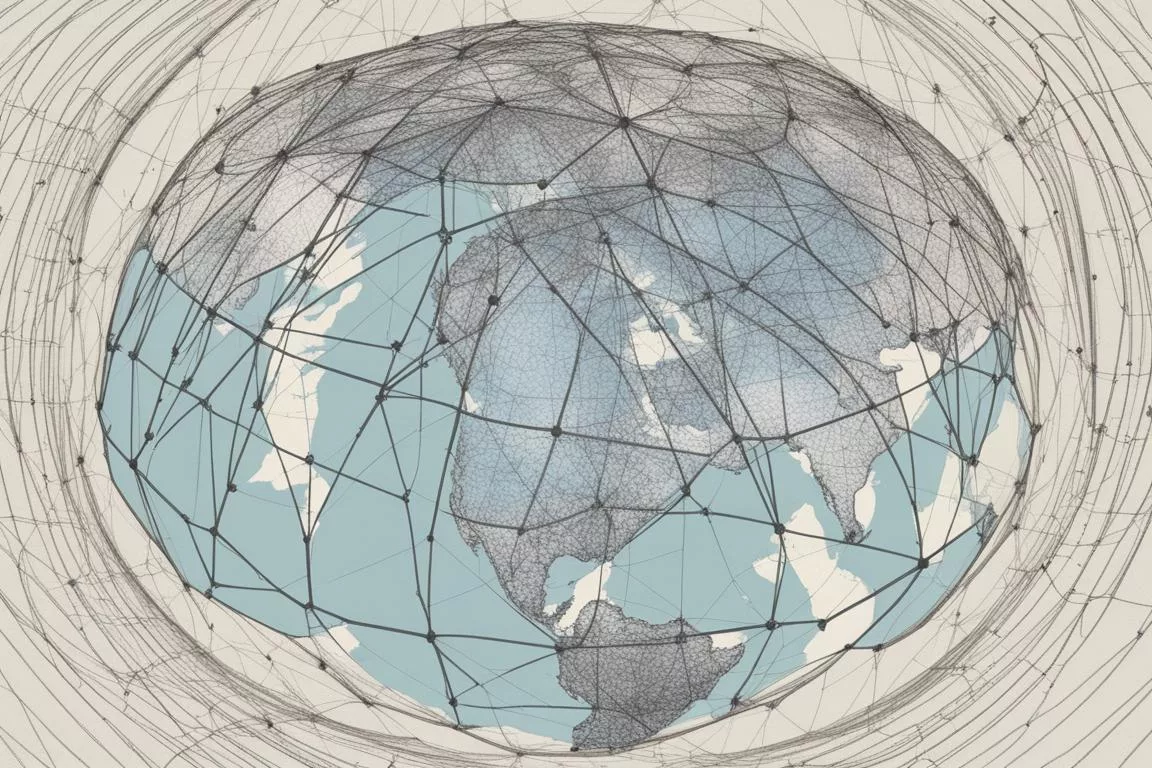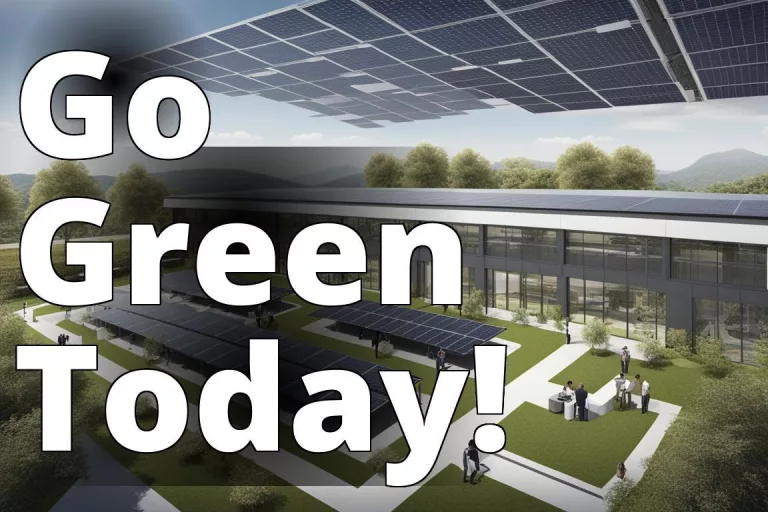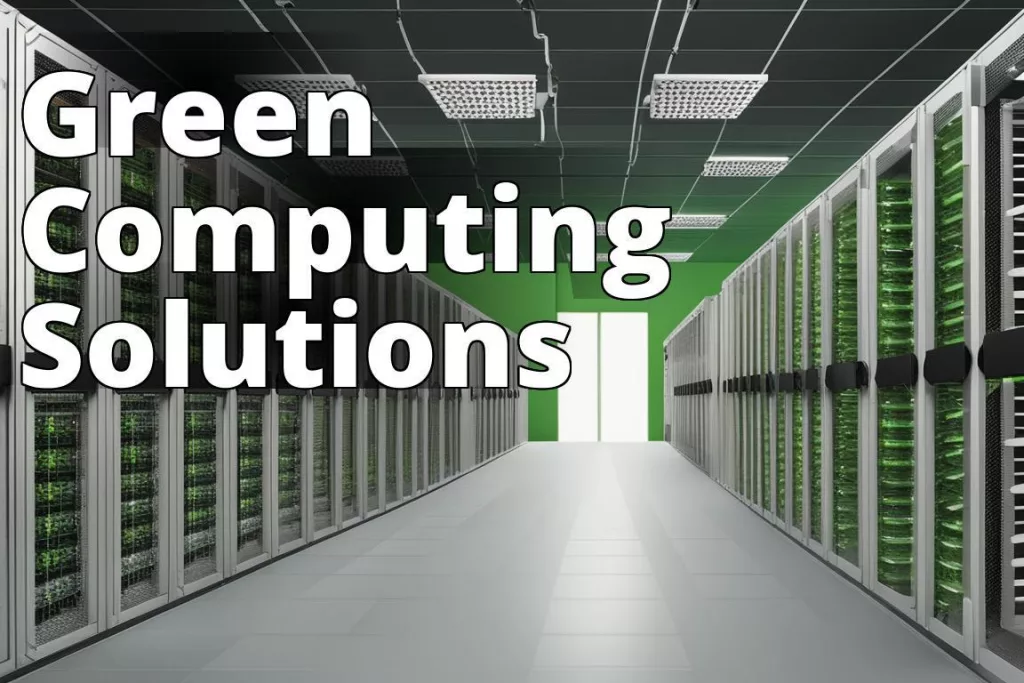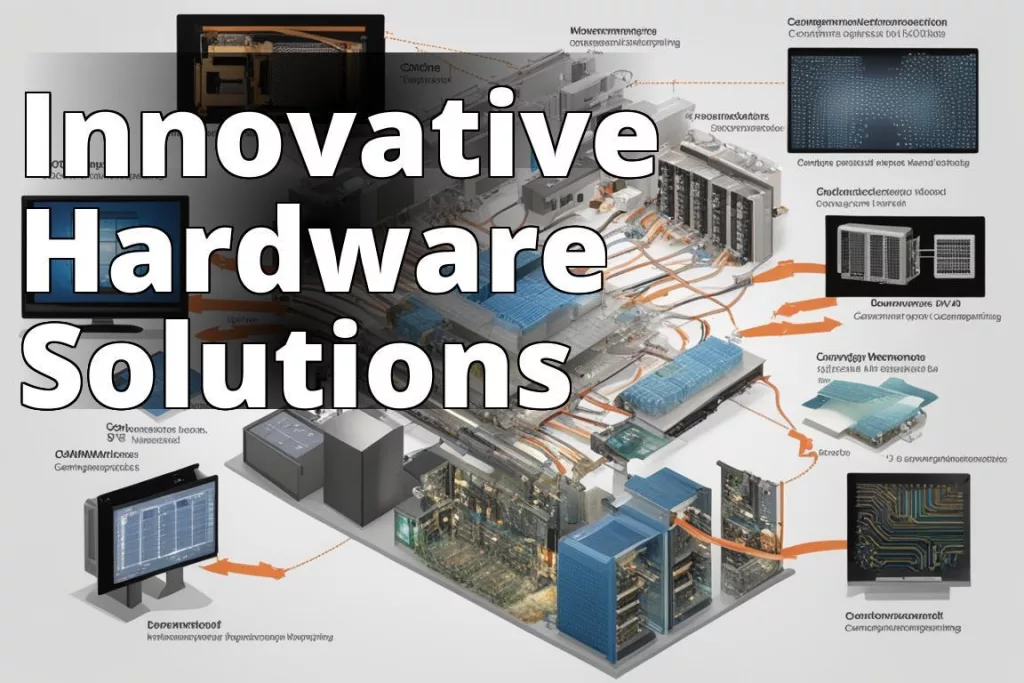At its core, Green IT is about minimizing the environmental impacts of technology. This means designing, manufacturing, using, and disposing of computers, servers, and associated subsystems such as monitors, printers, storage devices, and networking and communications systems efficiently and effectively with minimal or no impact on the environment.
Remember the last time you upgraded your smartphone? Did you ever wonder where your old one ended up? Or consider the cloud services you use daily. It’s easy to forget that behind the intangible cloud lie very tangible, energy-hungry data centers. My awakening to the importance of Green IT came when I first visited a data center and saw the sprawling mass of servers, all buzzing with activity. It was a stark visual reminder of the physical reality behind our digital lives.
Key Messages:
- Green IT is the practice of using information technology resources in an environmentally responsible manner.
- Green IT is important for reducing carbon footprint, lowering energy costs, and promoting sustainability.
- The benefits of Green IT include cost savings, improved efficiency, and environmental conservation.
Why is Green IT Important?

Green IT, also known as green computing, is essential for several reasons:
- Environmental Impact: Green IT focuses on reducing the environmental impact of conventional IT practices by using energy-efficient hardware, data centers, and server virtualization. This approach helps mitigate the material and energy burdens associated with traditional IT while meeting information and communication demands.
- Cost and Energy Savings: Implementing green IT practices can lead to lower energy bills and overall power usage reduction in workplaces. By optimizing energy consumption and utilizing technologies like virtualization, companies can save significant amounts of money annually.
- Employee Engagement: Green IT initiatives can inspire employees by showcasing the company’s commitment to environmental sustainability. Employees are more likely to be proud of working for an organization that prioritizes green practices, leading to increased job satisfaction and retention.
- Customer Attraction and Retention: Companies that adopt green IT practices can attract and retain customers who value sustainability efforts. Studies show that customers are willing to pay more for products and services from environmentally conscious companies.
- Future-Proofing: With global energy demand projected to increase significantly, adopting green IT practices now can help mitigate risks associated with rising energy costs in the future.
- Brand Reputation: Green IT initiatives contribute to a positive brand image by demonstrating a company’s commitment to environmental responsibility. This can enhance brand reputation and differentiate the company from competitors.
Overall, Green IT is crucial for reducing carbon emissions, cutting costs, engaging employees, attracting customers, preparing for future energy challenges, and enhancing brand reputation through sustainable practices.
What are the Benefits of Green IT?
The benefits of Green IT extend far beyond the environmental. They encompass economic and social advantages, including significant cost savings, improved system performance, and compliance with regulatory requirements. From a business standpoint, implementing Green IT strategies can lead to energy savings of up to 30%, according to some studies.
On a personal level, embracing Green IT has changed the way I interact with technology. Opting for a refurbished laptop, for instance, not only saved me money but also felt like a small victory in the fight against e-waste.
What are the Challenges of Green IT?
Despite its clear advantages, the path to Green IT is fraught with challenges. The rapid pace of technological advancement means devices become obsolete at an alarming rate, contributing to a growing e-waste problem. Moreover, the initial cost and complexity of implementing sustainable IT solutions can be significant hurdles for organizations.
One of the biggest challenges I’ve faced in advocating for Green IT has been overcoming the inertia of “business as usual.” Convincing stakeholders to invest in energy-efficient technologies or to adopt sustainable practices often requires demonstrating immediate financial or operational benefits, which aren’t always apparent.
What are the Key Components of Green IT?
Green IT is a multi-faceted concept, encompassing everything from how we design and manufacture IT equipment to how we use and dispose of it. Here are some of the key components:
Data Center Energy Efficiency
Data centers are the powerhouses of the digital world, but they’re also massive energy hogs. Improving their energy efficiency can have a significant impact. Techniques like free cooling, using outside air to cool servers, and hot aisle/cold aisle configurations can drastically reduce energy consumption.
Virtualization
Virtualization allows for the running of multiple virtual machines on a single physical server, maximizing resource utilization and reducing the need for additional hardware. This not only saves energy but also reduces the physical space needed for servers.
Cloud Computing
Opting for cloud services can be more energy-efficient than maintaining in-house data centers, thanks to the economies of scale. Cloud providers can optimize their infrastructure for energy efficiency in ways that smaller operations cannot.
Thin Client Computing
Thin clients, which rely on a central server for processing, can significantly reduce the energy consumption and waste associated with individual desktop PCs.
Power Management
Simple power management techniques, such as ensuring computers and monitors are set to enter low-power modes when idle, can lead to substantial energy savings.
Telecommuting
Remote work isn’t just a trend; it’s a sustainability practice. Telecommuting reduces the need for office space and the energy it consumes, not to mention the environmental impact of daily commutes.
E-waste Management
Proper e-waste management, including recycling and responsible disposal of old IT equipment, is critical to minimizing the environmental impact of technology.
Sustainable Computing
Finally, sustainable computing involves considering the environmental impact of IT systems throughout their entire lifecycle, from design to disposal.
What are the Best Practices for Green IT?
Best practices for Green IT start with a commitment to sustainability at every level of an organization. This includes:
- Conducting regular energy audits to identify opportunities for improvement.
- Implementing server virtualization and cloud computing to reduce energy consumption.
- Choosing suppliers and partners who prioritize environmental responsibility.
- Educating employees about sustainable practices, such as responsible printing and energy-efficient work habits.
One best practice that has had a profound impact on my own work is the adoption of green coding principles. By optimizing code for efficiency, developers can reduce the computational powerand thus the energy required to run applications.
What are the Best Certifications for Green IT?
Obtaining certifications can help professionals and organizations demonstrate their commitment to sustainable IT practices. Some of the most recognized certifications include:
- LEED for Data Centers
- ENERGY STAR for Data Centers
- The Green Electronics Council’s EPEAT rating system
These certifications not only provide a framework for implementing Green IT practices but also help in signaling to customers and partners a serious commitment to sustainability.
What are the Best Tools for Green IT?
A variety of tools can help in the pursuit of Green IT, from software for monitoring and managing energy consumption to platforms for virtualization and cloud computing. Energy management systems (EMS) and data center infrastructure management (DCIM) tools, for example, can provide granular insights into energy use and help optimize efficiency.
If you are using Azure, check out the Emissions Impact Dashboard for Azure.
What are the Best Books on Green IT?
For those looking to dive deeper into the subject, several excellent books offer comprehensive insights into Green IT. Titles like “Green IT For Dummies” by Carol Baroudi and “Sustainable IT Architecture” by Jean-Michel Huet provide accessible introductions, while more technical texts delve into the specifics of implementing sustainable IT solutions.
Next Steps
Round Table Environmental Informatics (RTEI) is a consulting firm that helps our clients to leverage digital technologies for environmental analytics. We offer free consultations to discuss how we at RTEI can help you.


